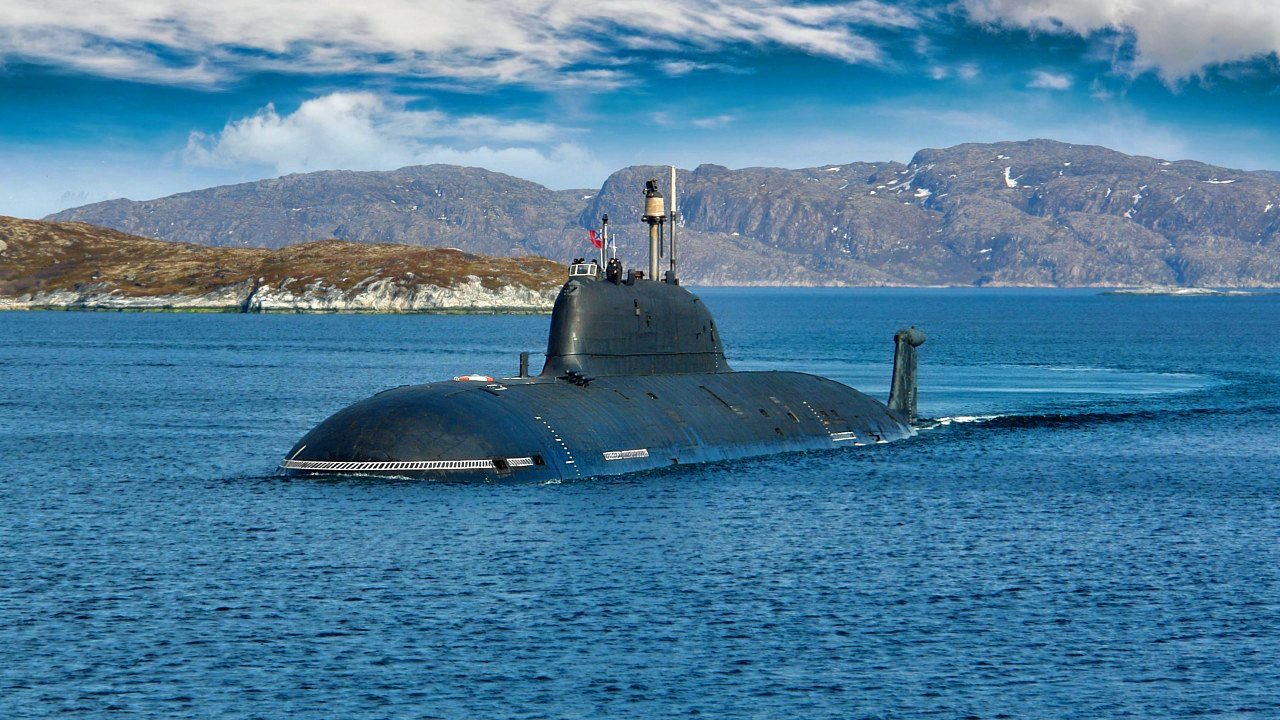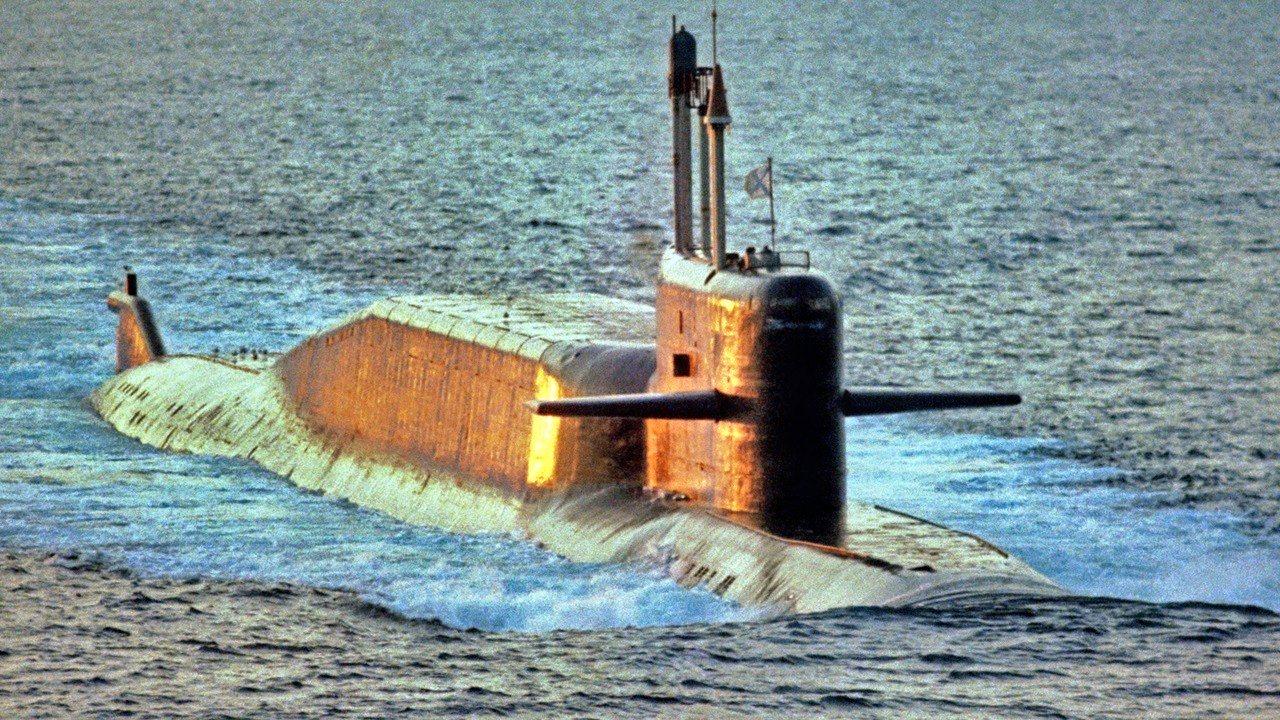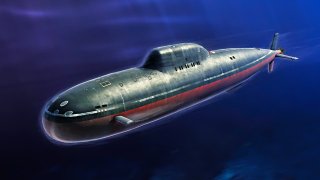Ranked: Russia's 5 Best Submarines to Ever Sail
The top five Russian submarines to ever sail are arguably the Akula-class, improved Kilo-class, Delta IV-class, Yasen-M class, and Borei-class ships. Many of which have Soviet origins.
5 Best Russian Submarines Ever Built: Like many of the military systems Russia employs today, the Soviet Union is responsible for the design world and innovation that created them. From fighter jets and aircraft carriers to main battle tanks and submarines, Russian forces heavily rely on Cold War-era weapons and programs today.
The top five Russian submarines to ever sail are arguably the Akula-class, improved Kilo-class, Delta IV-class, Yasen-M class, and Borei-class ships.
Akula-class
Just a few years prior to the collapse of the USSR, the Soviet Navy introduced its Akula-class (Project 971 Shchuka-B) nuclear-powered attack submarines. When these sophisticated submarines first set sail, U.S. officials were reportedly “shocked” since Western intelligence had indicated that the Soviets were at least a decade out from achieving such technology.
Each Akula-class vessel was armed to the teeth with S-10 Granit (designated by NATO as SS-N-21 Sampson) cruise attack missiles, which is comparable to the American-made Tomahawk. The Akulas were constructed with a double hull system which enabled more freedom in the design of the exterior hull shape.

This capability gave the class more reserved buoyancy than its Western counterparts possessed—a huge advantage for the Soviets. Over the years, more sophisticated Akula-class variants were created and some analysts suggest that these Soviet submarines at least in part inspired the U.S. Navy’s own innovations built into its Seawolf and Virginia-class attack ships.
Kilo-class
Perhaps one of the most recognizable Russian submarine platforms today is the Kilo-class. Since the start of Moscow’s invasion of Kyiv, improved Kilo submarines have been patrolling the Black Sea while equipped with deadly Kalibr cruise missiles.
These diesel-electric submarines perhaps represent one of the most successful naval programs in modern history. During the Cold War, the Kilo-class was first introduced and Russia continues to churn out improved variants.

These ships were initially designed for anti-shipping and anti-submarine operations in shallow waters. The newer Kilo submarines sport an array of enhancements, including a sophisticated internal navigation system, a modern fire control system, and improved torpedoes. Each submarine in this class carries half a dozen torpedo tubes with eighteen torpedoes. Notably, the Kilo-class has been exported to China, Vietnam, and Algeria.
Delta IV-class
The Delta-class submarines have remained a critical component of the Russian and Soviet strategic submarine fleet for more than five decades. These nuclear-powered ballistic missile vessels can carry nuclear ballistic missiles of the R-29 Vysota family.
The Delta I, Delta II, Delta III, and Delta IV classes also carry the R-29/SS-N-8, R-29D/SS-N-8, R-29R/SS-N-18, and other weapons. In addition to its impressive payload, the Delta subs were designed with hydraulic jets for covert movement and a technology called “high-duty low magnetic hull” which lowered noise and kept the ships’ acoustics low.

The incorporation of sound-absorbing coating also provided for practically noiseless combat patrol.
Borei-class
Russia’s fourth-generation Borei-class of nuclear-powered missile submarines is expected to replace the aging Delta III submarines down the line. As the first class of submarines developed by Russia following the collapse of the Soviet Union, the Borei ships are hugely symbolic for the Kremlin.

While the Borei may be smaller in size than some of its predecessors, Russian officials have claimed that these submarines possess a five times lower noise signature compared to the Akula-class vessels.
The Borei submarines can carry sixteen missiles despite their smaller size.
Yasen-M
The Yasen-M submarine surprisingly does not have Soviet roots. Designated by NATO as Severodvinsk, these nuclear-powered cruise missiles were first constructed in the 1990s following the fall of the USSR. Russia’s new flagship line of submarines, the Yasen-M vessels have an even lower acoustic signature than its Soviet-era predecessors. Only one Yasen-M submarine has been commissioned so far, however, Russia plans to produce seven more by the end of the decade.

According to reports, these submarines will be compatible with Moscow’s upcoming 3M22 Tsirkon hypersonic anti-ship cruise missile.
As geopolitical tensions continue to mount in the Black Sea, the Middle East, and the South China Sea, the potentiality of war is becoming more likely. The legacy of Soviet submarine innovation lives on today with Russia’s current fleet of aging and ambitious new submarine projects.
About the Author: Maya Carlin
Maya Carlin, National Security Writer with The National Interest, is an analyst with the Center for Security Policy and a former Anna Sobol Levy Fellow at IDC Herzliya in Israel. She has by-lines in many publications, including The National Interest, Jerusalem Post, and Times of Israel. You can follow her on Twitter: @MayaCarlin.


